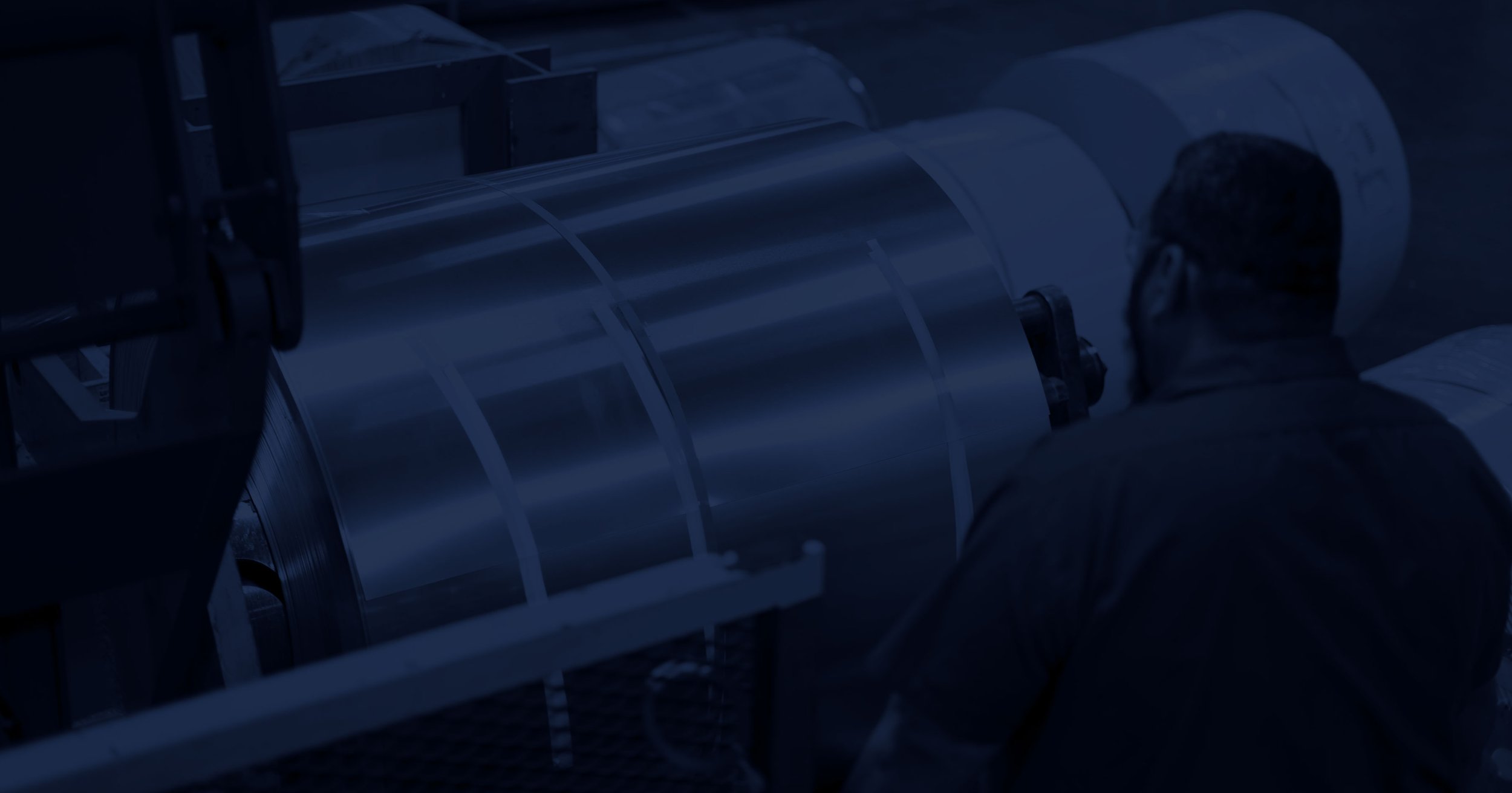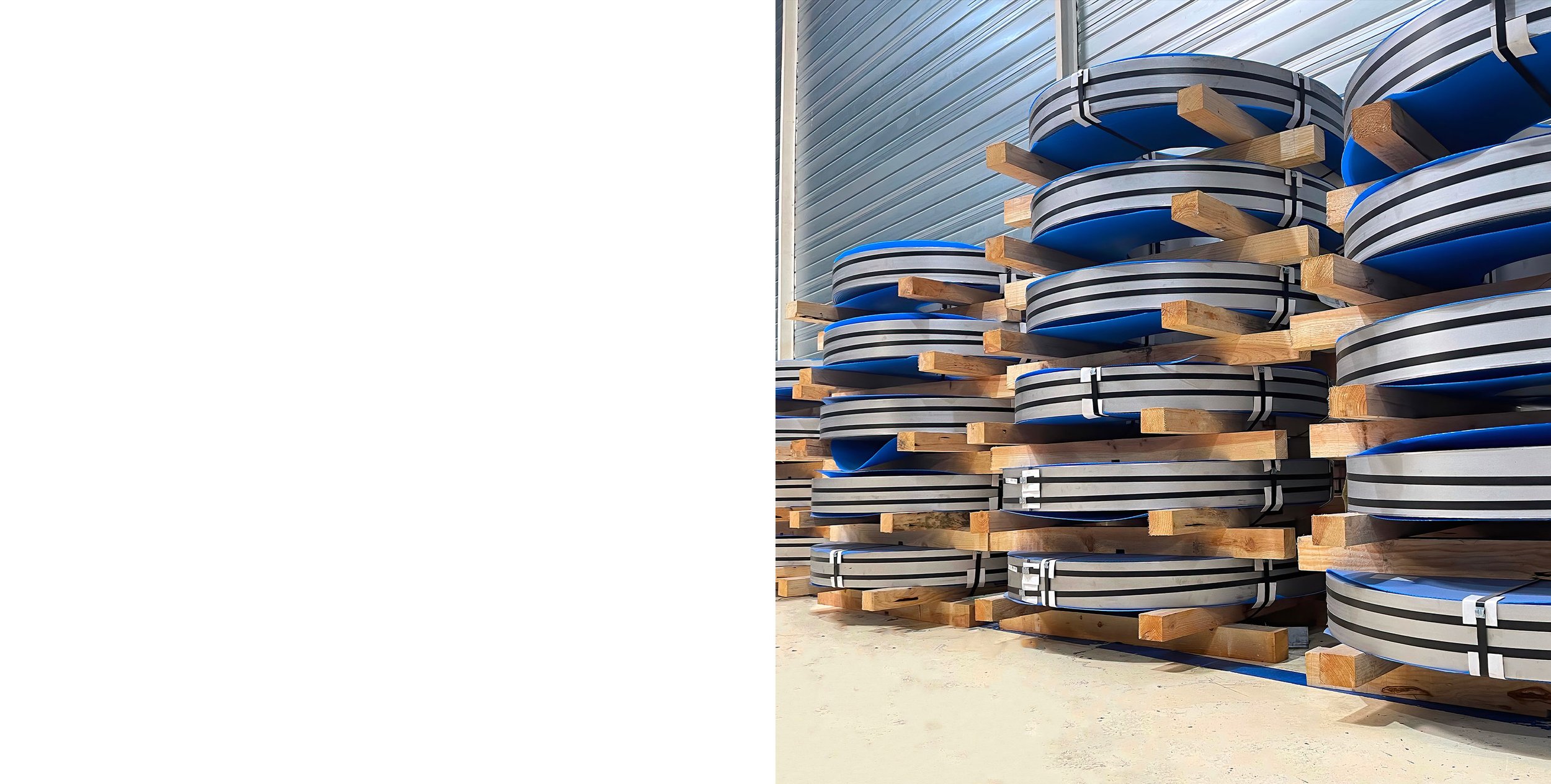
STAINLESS STEEL

-
Gauge Capacities:
7GA - 28 GA
Width Capacities:
10″ - 96” wide
Length Capacities:
Up to 420″
In grades:
201, 304, 304L, 316L, 409, 430, 439
Finish:2B, 2D, #4, #8, BA, Pit Free Dairy, PVC Covering
-
Gauge Capacities:
7GA - 28 GA
Width Capacities:
.75″ - 96” wide
Grades:
201, 301, 304, 316, 409, 410 , 430, 439
Finishes:
2B, 2D, #4, #8, BA, PVC Covering
-
Widths: 48", 60", 72", 96", 120"
Lengths: 96", 120", 144", 240", 300"
Gauge Capacities: .188” - 4”
Grades - 304 #1HRAP 303, 304L, 309S, 310S, 316L, 317L, 321H, 347H, 410S, 17-4PH, UNS N08367, 2202, 2205, 2304, 2507
-
Gauge
.125” – .250”
36″ - 60″ wide
96” -240” length
Grades
304/304L/316/316L
Finish
#1 HRAP -
ROUND BARS 12 Ft. R/L .125" thru 20" Diameter
In grades 303, 304,304/304L, 316, 316/316L,
416, 410, 630
HEXAGON COLD DRAWN BARS 12 Ft. R/L .188" thru 3"
In grades 303, 304, 304/304L, 316/316L, 416
SQUARE BARS COLD DRAWN 12 Ft. R/L .188" thru 3"
In grades 303, 304, 304/304L, 316/316L
Specs: QQS - ASTM - ASME - AMS
HALF ROUND BAR 20 Ft. R/L .500", .625", .750"
FLAT BAR (HRAP) 12Ft. R/L Thickness: .125" to 3" Widths: .500" to 6"
In grades 303, 304/304L, 316/316L
PLATE CUT FLATS - 1/8" TO 1/2" THICK by 1/2" TO 8" WIDE
ANGLES 20 Ft. R/L .500 to 6" Leg and from .125 to .500" Thickness
In grades 304, 304/304L, 316/316L
CHANNEL 20 Ft. R/L 1.5" x .750" x .125" to 15" x 33.9/lb
In grades 304/304L, 316/316L
Beams 3" x 5.7/lb. to 12" x 22/lb
In grades 304/304L, 316/316L
T-Bar 1" x 1" x .125" to 4" x 4" x .375"
In grades 304/304L, 316/316L
-
Grades: 304L, 316L
Thickness: .125" x 8.000" ~ .500" x 8.000"
Finish: HR, 180 Grit Polish
Specs: ASTM - ASME

